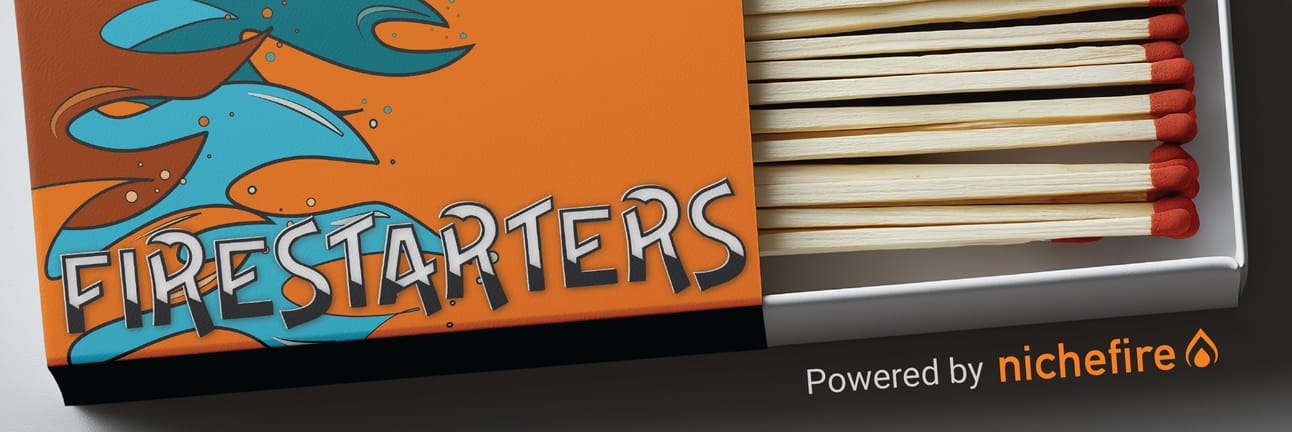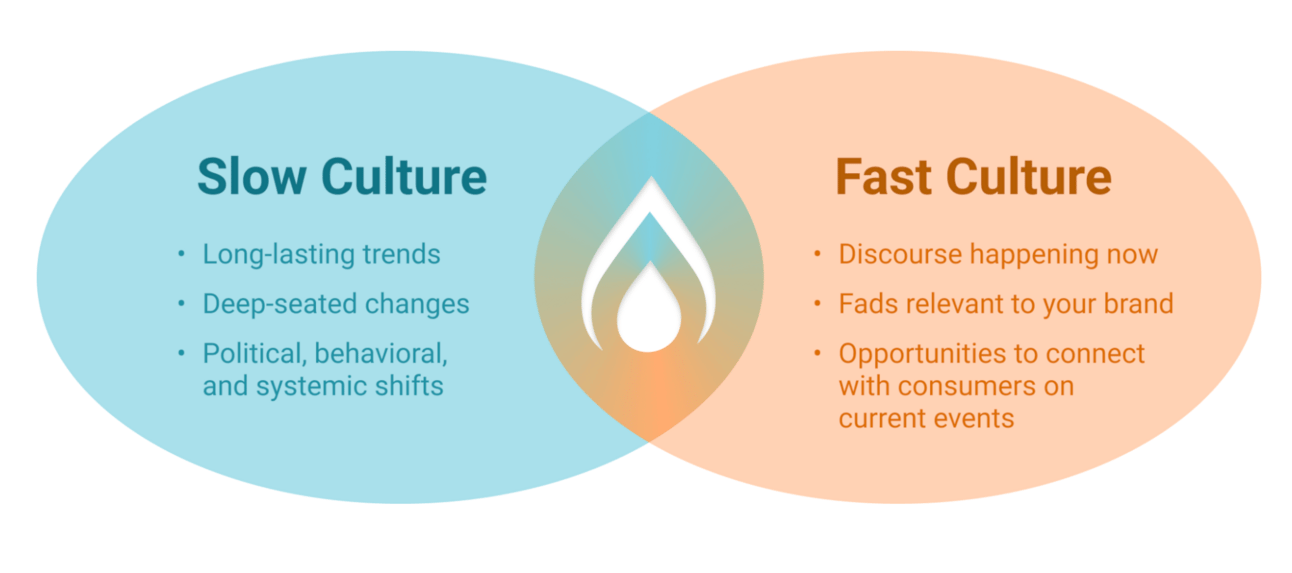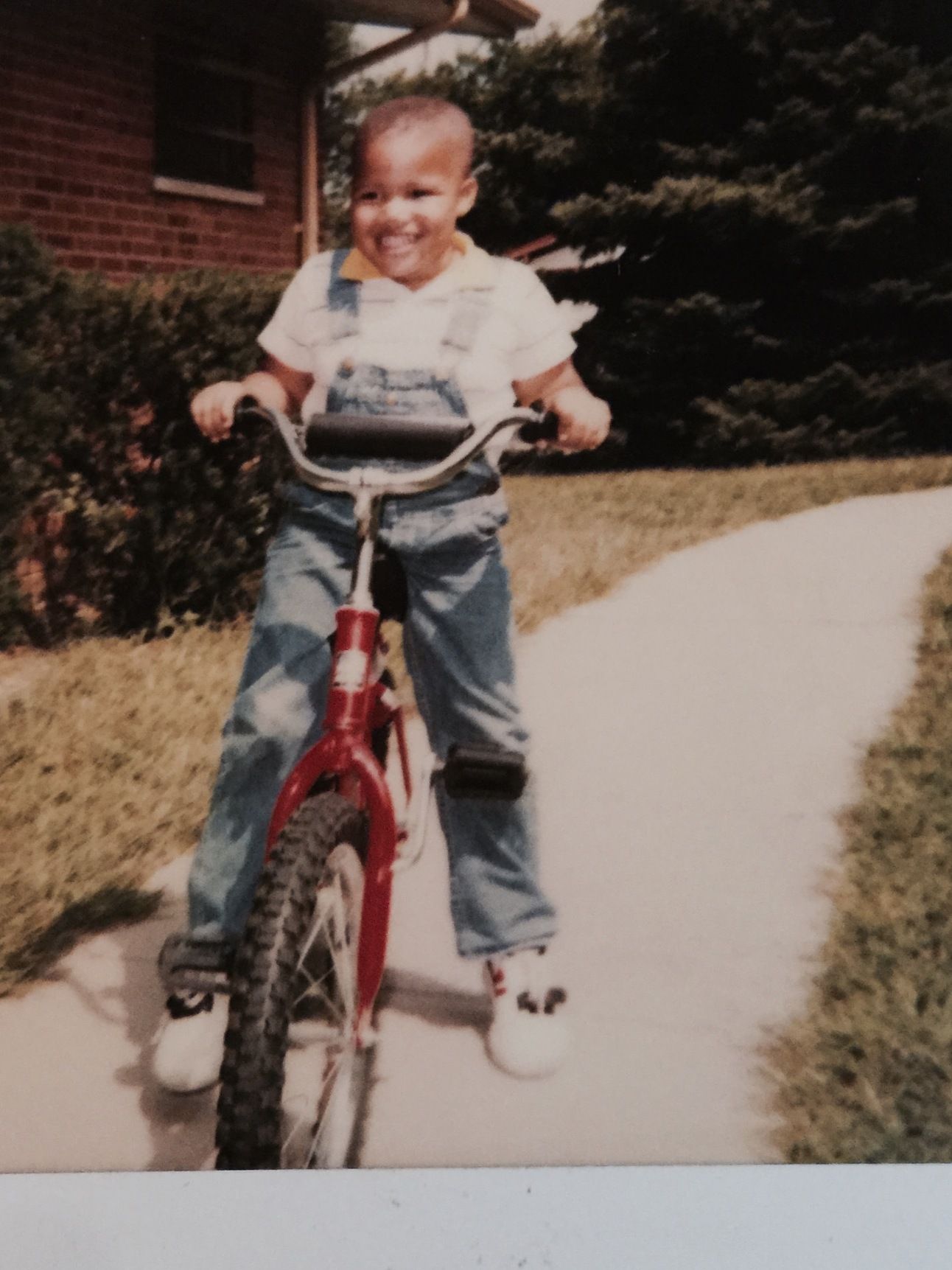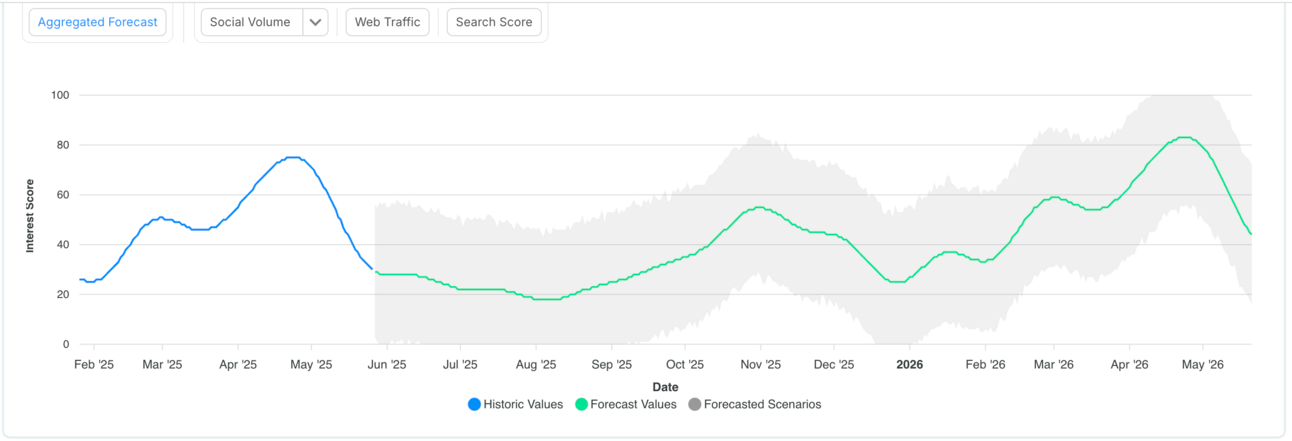- FireStarters - The Nichefire Newsletter
- Posts
- Fast Culture Gets Clicks—Slow Culture Builds Billion-Dollar Brands
Fast Culture Gets Clicks—Slow Culture Builds Billion-Dollar Brands
Innovators and brand leaders don’t have to be anthropologists, but they do need to know about this.

Welcome back to FireStarters—your sparks for turning cultural signals into business outcomes that don’t just trend—they endure.
In a world where “going viral” feels like the only way to win, Nichefire offers a smarter lens: understanding the slow culture movements that serve as the bedrock of consumer taste and preference.
First things first: What is slow culture? What is fast culture?
Fast culture is driven by immediacy—viral trends, memes, and real-time conversations that catch on quickly and fade just as fast.
It’s all about visibility and momentum.
Slow culture, on the other hand, moves at a different pace. It’s rooted in deeper values, long-term shifts, and traditions that build meaning over time.
While fast culture grabs attention, slow culture earns trust—and the smartest brands know how to work with both.

Team highlight: Khalil El-Amin
 Khalil in the 1990s wearing the appropriate drip of the era. | “What’s a slow culture movement people don’t talk about enough? ” One slow culture movement people don’t talk about enough is the staying power hip-hop on the global stage. I’m an ’80s baby—hip-hop raised me—so it’s wild to see it thriving in places like Egypt, India, and the Middle East, where it was once totally off-limits. Meanwhile, in the U.S., hip-hop’s been over-commercialized—stripped of its originality and turned into a branding tool. What’s left often feels like either hyper-violent drill or watered-down pop-rap, and that’s created a kind of cultural fatigue. But 30 years later still feels raw, expressive, and deeply connected to real life in global markets—that’s the slow culture shift I’m paying attention to. CRO |
Why we’re all about grasping slow culture
In a social media-driven world, fast culture often dominates the spotlight, pushing brands to prioritize what's trending now.
But while chasing visibility is tempting, it's a deep understanding of slow culture that allows brands to build lasting emotional connections and cultural relevance. Here’s why:
1. Quality over quantity
Slow culture rewards intentionality, craftsmanship, and storytelling.
💡 Example: A sneaker brand listening to slow culture might highlight the artisans behind its limited-run designs.
2. Fewer missteps, more alignment
Slow culture minimizes backlash. It helps brands align with enduring values, not volatile trends.
💡 Example: A beverage brand might opt for community rituals over cashing in on quick, controversial events.
3. Fast + slow = cultural sweet spot
Fast culture sparks interest. Slow culture makes it stick.
💡 Example: A beauty brand might go viral with a fast-culture collab, but build loyalty with clean, transparent ingredients.
4. Sustainability = future-proof
Slow culture embraces eco-conscious choices that speak to long-term values.
💡 Example: A CPG brand may invest in refillable packaging—less buzz, more brand trust.
5. Niche audiences, big value
Slow culture often thrives in focused communities that are highly loyal and willing to spend.
💡 Example: A wellness brand might win by focusing on authentic messaging to micro-communities instead of the broad-based outreach to mainstream audiences.
Join over 4 million Americans who start their day with 1440 – your daily digest for unbiased, fact-centric news. From politics to sports, we cover it all by analyzing over 100 sources. Our concise, 5-minute read lands in your inbox each morning at no cost. Experience news without the noise; let 1440 help you make up your own mind. Sign up now and invite your friends and family to be part of the informed.
Culture in action: Homegrown health
At first glance, homegrown health looks like a fast culture trend—driven by TikTok wellness hacks, carnivore diets, and at-home diagnostics. But beneath the surface, it's powered by slow culture values: distrust of institutions, a return to ancestral knowledge, and the desire for personalized, lasting control over one’s well-being.
This isn’t just a viral moment—it’s a long-term shift in how consumers define “health,” blending tradition with modern tools like biohacking and cycle-syncing apps. For brands, this means moving beyond the hype and tuning into the deeper cultural undercurrents that are changing the wellness landscape for years to come.

Using Nichefire’s prediction tool to spot fast and slow movements
Nichefire’s highly accurate, AI-driven predictions is a unique tools for discerning fast vs slow culture.
Even with a trend as unpredictable as Bitcoin, our platform maintained over 90% accuracy in forecasting its movement, proving that even the most volatile cultural shifts can be understood with the right tools.
When it comes to spotting fast versus slow culture movements, prediction patterns tell a deeper story. Spikes with sharp peaks and dramatic drops often signal fast culture trends—those that surface during specific cultural moments or social bursts, then fade quickly.
In contrast, slow culture movements tend to show steadier, more consistent traffic with fewer dips, indicating long-term interest and relevance. They may never be as high — but they rarely dip low.
By using Nichefire’s prediction tool, brand leaders can better identify which signals are likely to sustain and which are short-lived, ensuring smarter strategy and timing.

3 ways to balance fast and slow culture
Brands often feel caught between chasing trends and staying true to deeper values. But the most culturally intelligent brands know that it doesn’t have to be either/or—it’s both. Here are three ways to integrate fast and slow culture strategically.
1. Use data-driven insights to prioritize which trends to chase
Chasing every trend is a fast way to lose focus. Use tools like Nichefire to identify which fast culture moments align with your brand’s deeper mission and values.
Example: A fashion brand could analyze trending styles among eco-conscious consumers and launch limited-edition pieces that are both sustainable and buzzworthy.
2. Launch trendy products that double as long-term staples
Design products that tap into trends but are built to last. Flexibility in product development allows you to respond quickly while staying grounded in timeless appeal.
Example: Ralph Lauren’s vintage-inspired collections evoke cultural moments but remain iconic because they’re rooted in classic, enduring style.
3. Create fast-paced content, but anchor it in deeper storytelling
Fast content captures attention, but it’s your brand story that creates connection. Use trending formats to engage audiences, then tie them back to consistent, value-driven messaging.
Example: Nike’s viral “Dream Crazy” campaign took off online—but its real power came from how it reinforced the brand’s deeper narrative of empowerment and belief.
And that’s a wrap on Volume 3.
Each edition, we’ll keep digging into how the most innovative brands are balancing the quick wins of fast culture with the long-term gains of slow culture—whether it’s through DIY wellness or sustainability-led product lines.
Next up: Why Nichefire stopped talking about trend spotting.

